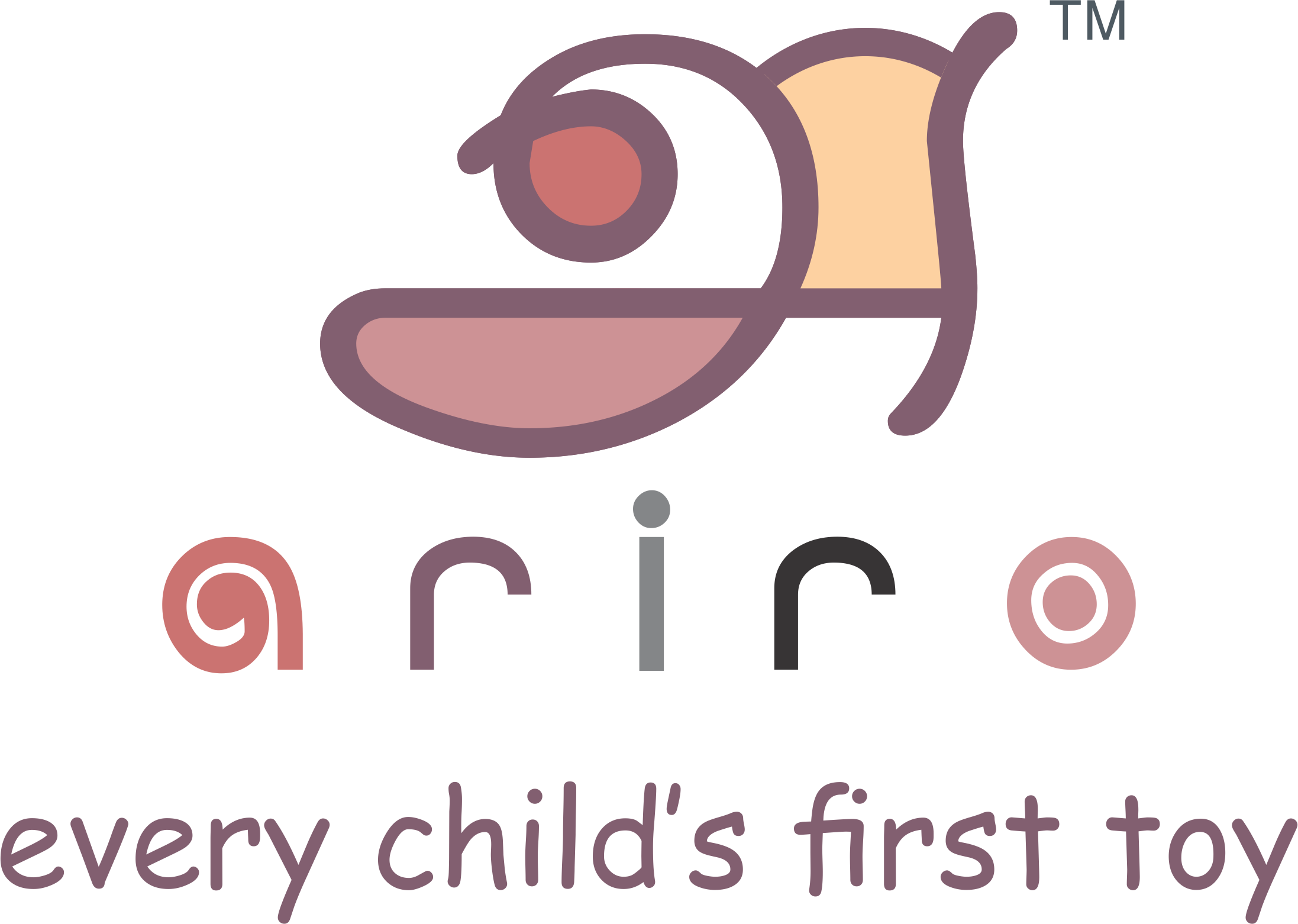
Do you notice your toddler do things while playing that seem odd to you? Are they arranging all their toys in a line or carrying things from one end of the house to other without any purpose (or it appears that way to you)? To understand your toddler’s behaviour, you must know about play schemas.
Young children understand the world around them and make meaning through exploration, trial and error and play. Play schema is a pattern of behaviour that can be observed in play. Although this may seem funny or we may not see the purpose – young children do this to meet a need they have, to understand the world around them and orient themselves to this world.
What are the kinds of play schemas?
- Connecting
May look like - Stacking blocks, building towers, sticking things together and taking things apart (disconnecting)

- Enclosing/ containing
May look like - Creating a fence around toy animals or dolls, drawing circles around shapes on a paper, lining up food around their plate

- Enveloping
May look like - Covering animals/ dolls or even themselves with blankets, putting on many layers of clothing, getting into boxes or building tents

- Orientation
May look like - Getting themselves on the floor or bending to look under objects, turning toys and other objects upside down, swinging upside down from monkey bars or sitting the wrong way on chairs

- Positioning
May look like - Lining up their toys, shoes or other objects in a neat order and being very particular about where things must be

- Rotating
May look like - Spinning things or even themselves and showing an interest in things that spin

- Trajectory
May look like - Dropping objects or throwing them to observe how far they go or how they behave

- Transporting
May look like – moving objects from one place to other, carrying things around, carrying things in their pockets

Why should I know about this?
Once you understand schemas, it will help you make sense of your child’s patterns in play. It will also help you understand your child’s need and meet them optimally. You can offer toys and activities to match the play schema or schemas that your toddler is in. This will further help you remove obstacles in their way and not interrupt their play. Understanding play schemas will help you give your child freedom and set appropriate limits, thereby reducing tantrums and eliminating power struggles at home.








